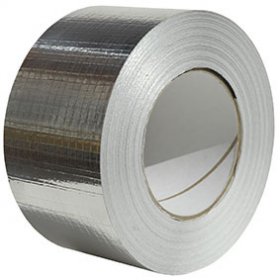cross-posted from: https://feddit.org/post/460748
Scientist Erica Chenoweth, who studies civil resistance at Harvard Kennedy School in Cambridge in the U.S., showed that every movement that mobilized at least 3.5% of a population was successful. This led to what’s known as the 3.5% rule — that protests require this level of participation to ensure change.
But the figure can be misleading, Chenoweth cautions. A much larger number of people are probably supporting a successful revolution even if they aren’t visibly protesting.
TLDR:
- Protests with specific, cohesive demands achieve more measurable results
- Disruption doesn’t sour public opinion toward a cause, but it’s not clear if it’s more effective than non-disruptive methods
- Authority suppressing a protest makes it more effective, especially if the protest was nonviolent
(Edited spelling)
- Disruption doesn’t sour public opinion toward a cause, but it’s not clear if it’s more effective than noon-disruptive methods
Meh. I hoped there would be news on that. I’m following and reading through various materials on the topic of “effective protest”, especially regarding the disruptive forms. And it seems as always: not enough data to draw conclusions or contradicting data.
Basically, the OP article said that the main vehicles by which protest can drive social change are twofold:
- At a small scale, by galvanizing public opinion one way or another. A violent or disruptive protest can make the voters think the protestors are the “bad guys”, or a protest without clear cohesive demands can be too abstract to produce any real change, but a clear and cohesive protest can induce people to vote for the side they see advocated for, especially if there’s a violent police response to paint a clear picture of the protestors as the good guys and the establishment as the bad guys. That perception can swing elections.
- At a large scale, the awareness that there are millions of people ready to get in the streets for an issue can cause existing leaders to react differently on it, regardless of any voting in the equation.
- Disruption doesn’t sour public opinion toward a cause, but it’s not clear if it’s more effective than non-disruptive methods.
Have they considered the Holy Week Uprising getting the Fair Housing Act passed within the span of a week?
The kind with guillotines and torches. That kind of protest turns a tyrant controlled kingdom into a democratic republic, there’s no protest more powerful
Not showing up in the cross-post tags due to URL parameters, but this was also discussed last week in !inperson@slrpnk.net
Using rainfall as a(n inverse) proxy for protests is very clever. Interesting to see how the MLK violent protests actually were counterproductive and increased the republican vote share.





